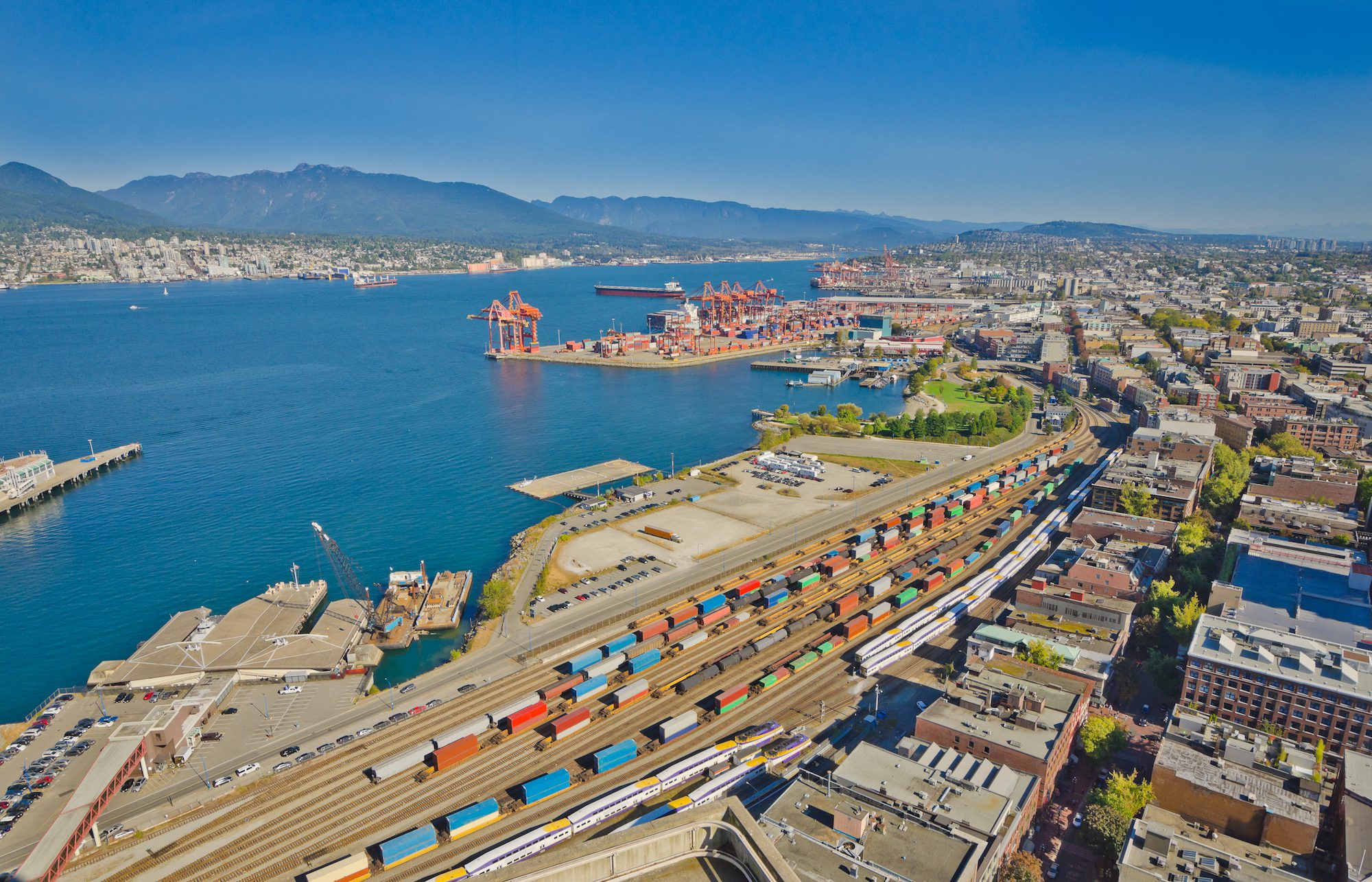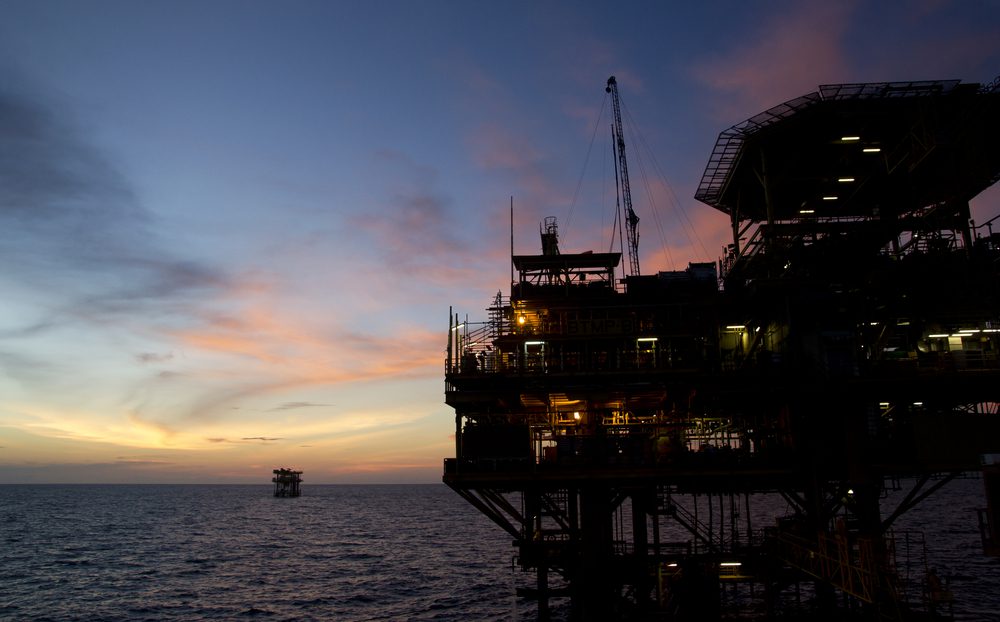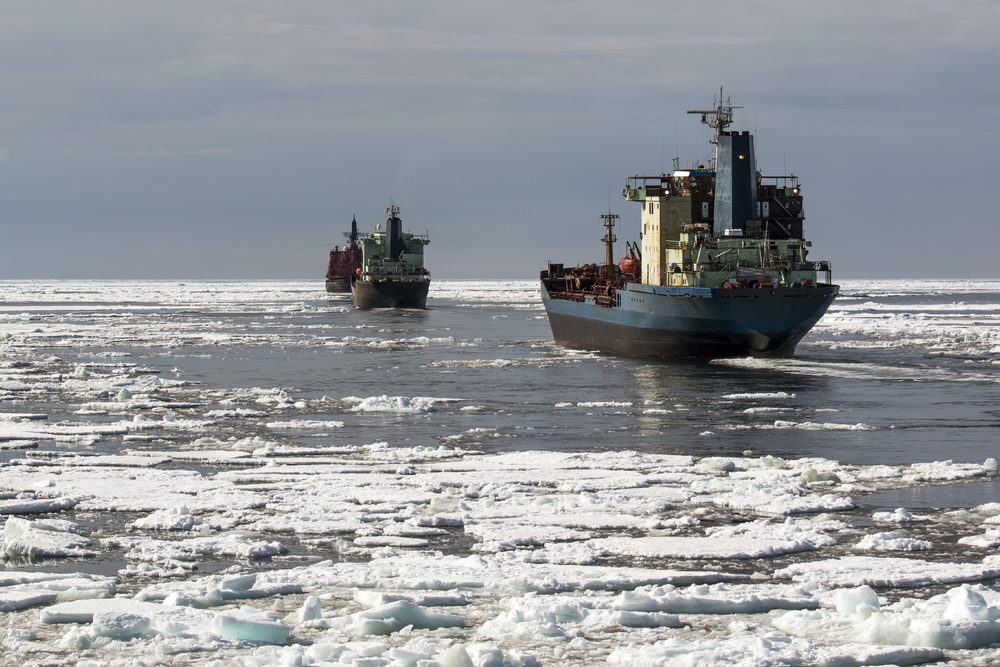By Todd Woody (Bloomberg) –The United Nations Friday failed to finalize a landmark treaty to preserve the biodiversity of the high seas – the 60% of the ocean beyond any nation’s jurisdiction. Observers, though, expect an agreement to be reached by year’s end as pressure builds to protect marine life from the growing impacts of climate change, overfishing and pollution.
The two-week meeting that concluded Friday at UN headquarters in New York City was the fourth round of negotiations since 2018, when the General Assembly approved the drafting of the treaty after years of preparatory talks. The meeting was originally to be held in 2020 and be the final session but the Covid-19 pandemic delayed in-person negotiations for two years.
“Regardless of where you live, the high seas is contributing to the oxygen you breathe and is one of the climate regulators of the planet,” said Peggy Kalas, coordinator of the High Seas Alliance, a coalition of more than 40 environmental groups founded in 2011 to push for an ocean biodiversity treaty. “The ocean absorbs our carbon emissions and is really making our existence possible on Earth while providing food for billions of people.”
The Need for a High Seas Treaty
The UN Convention on the Law of the Sea sets rules for shipping, seabed mining and other activities in international waters.
But the word “biodiversity” does not appear in the 1982 treaty. While it promotes the protection of the marine environment, it provides no mechanism to assess the environmental impact on marine life of industrial fishing and other exploitative activities that were not envisioned when the agreement was negotiated.
The Law of the Sea also does not offer any procedures to conserve the biodiversity of the high seas, such as through the creation of marine protected areas.
What A High Seas Treaty Would Do
The latest round of negotiations have focused on the four main elements of the treaty.
One is the creation of marine reserves that could place areas of the ocean off-limits to fishing or limit exploitation. Connecting such areas on the high seas to marine reserves within territorial waters would provide protected corridors for important species like whales and tuna that migrate across the world but are imperiled by shipping, overfishing and other threats.
The treaty would also require environmental impact assessments for potentially harmful activities on the high seas, such as proposals to conduct geoengineering experiments in the ocean to combat climate change.
It would mandate the sharing among nations of marine genetic resources, which includes marine molecules, bacteria and algae that could be used in pharmaceuticals and other products.
Lastly, the treaty calls for the transfer to developing countries of marine technology, such as remote sensing equipment and computer modeling software.
Issues That Need to Be Resolved
For the treaty to be adopted, 193 nations must reach a consensus on its terms. Significant differences remain.
For instance, the delegates must agree on how protected areas on the high seas would be created, reviewed and approved as well as who would manage them and enforce restrictions on their use. Still, some observers are optimistic that a consensus is developing.
“I think there has been a lot of closer movement and vocal support for this agreement to establish high seas marine protected areas,” said Liz Karan, director of the Pew Charitable Trusts’ campaign to protect ocean life on the high seas.
“Marine genetic resources has continued to be a challenging issue, especially around the sharing of benefits, but I think that there is movement on that issue that we haven’t seen before,” she added.
Observers said that while there is general agreement that nations should conduct environmental impact assessments for high seas activities, there is not consensus on whether a high seas treaty organization should review and approve those reports.
What Happens Next
On Friday, the delegates adopted a report approving another, final negotiating session to be held as soon as possible. Observers said they expect that session to be scheduled for around August. In the meantime, a new draft of the treaty that reflects the latest negotiations will be prepared.
“We have made real progress,” said the U.K.’s delegate, Lowri Mai Griffiths, during the session’s closing meeting. “We are optimistic we will be able to conclude.”
© 2022 Bloomberg L.P.
Unlock Exclusive Insights Today!
Join the gCaptain Club for curated content, insider opinions, and vibrant community discussions.

 Join The Club
Join The Club













